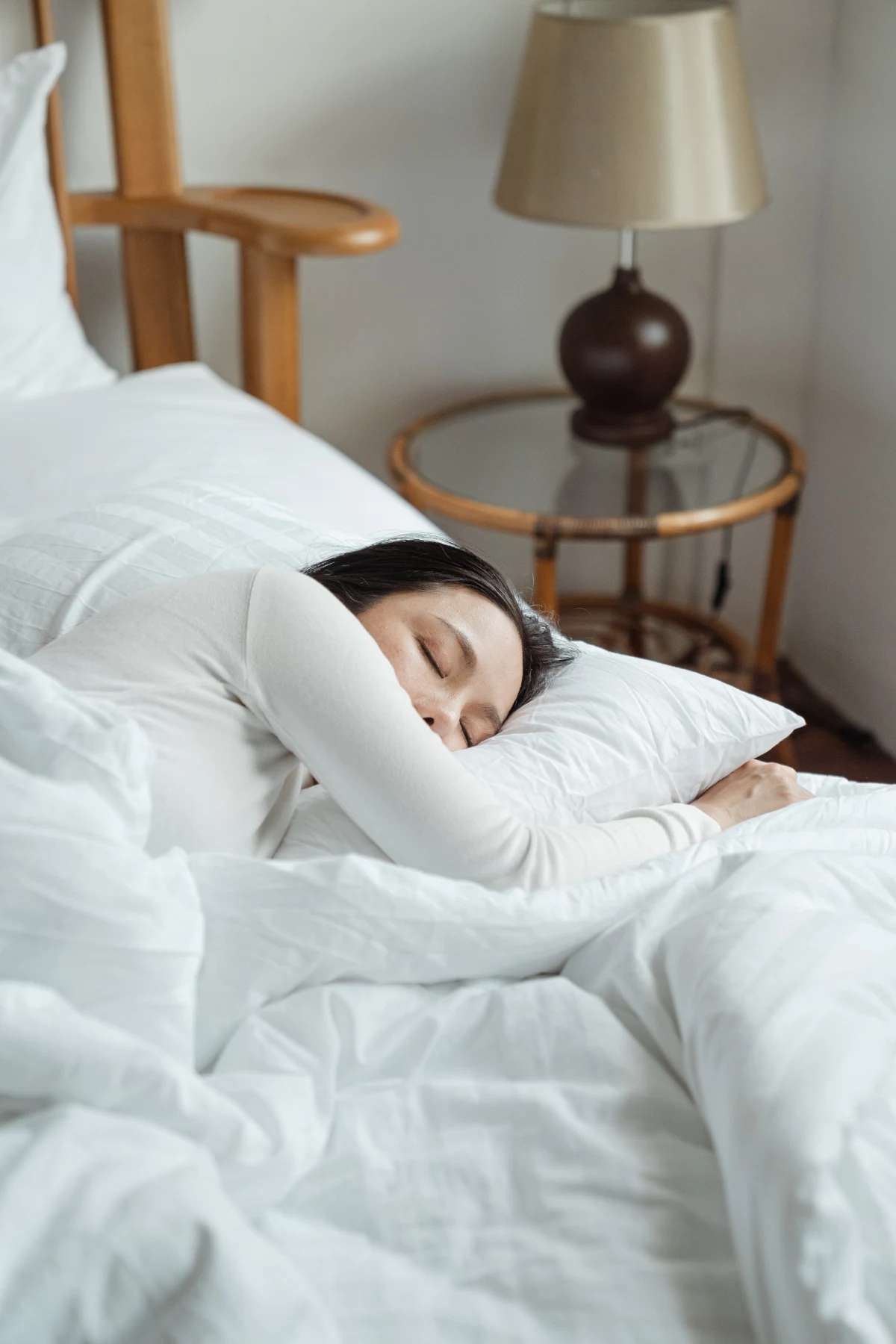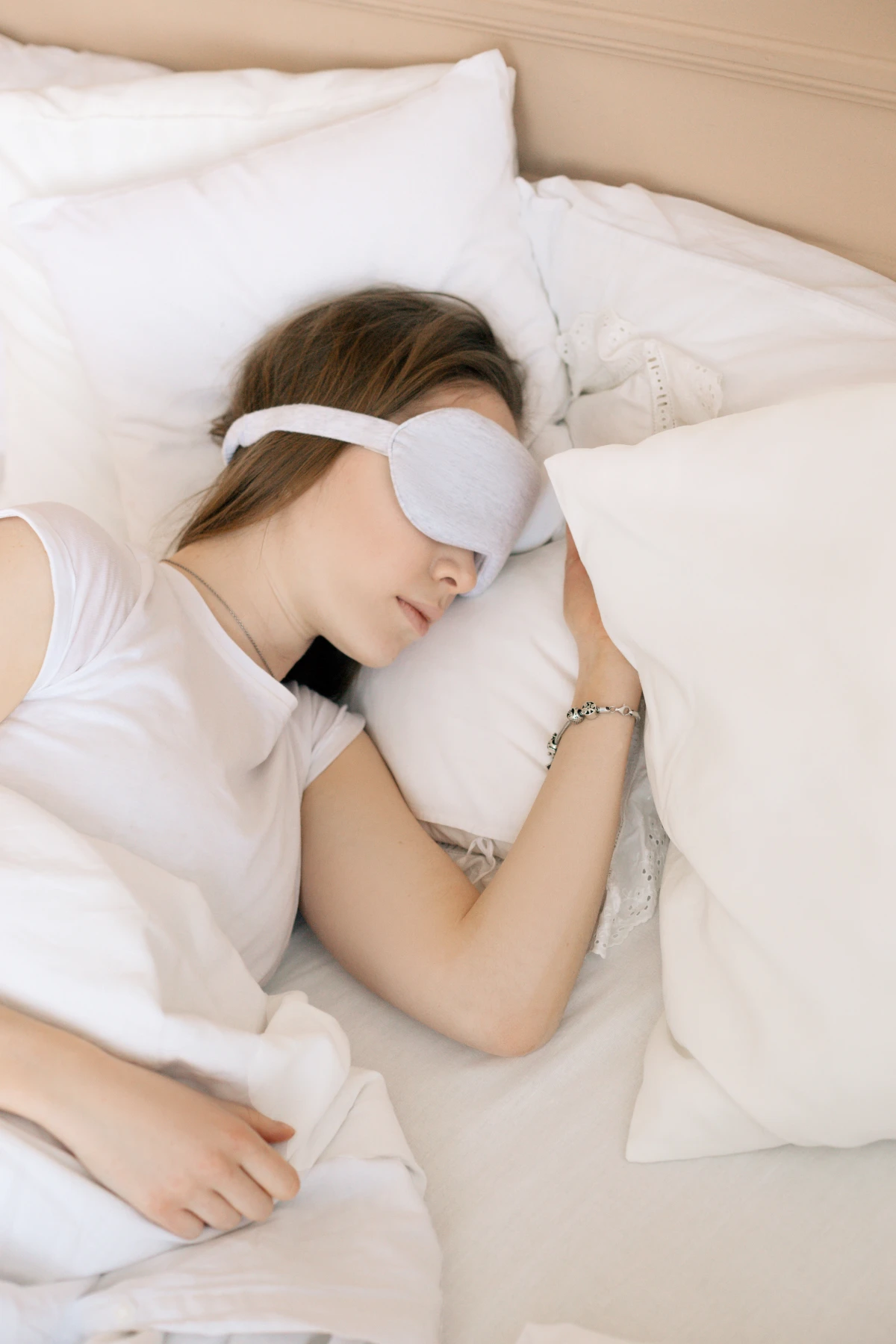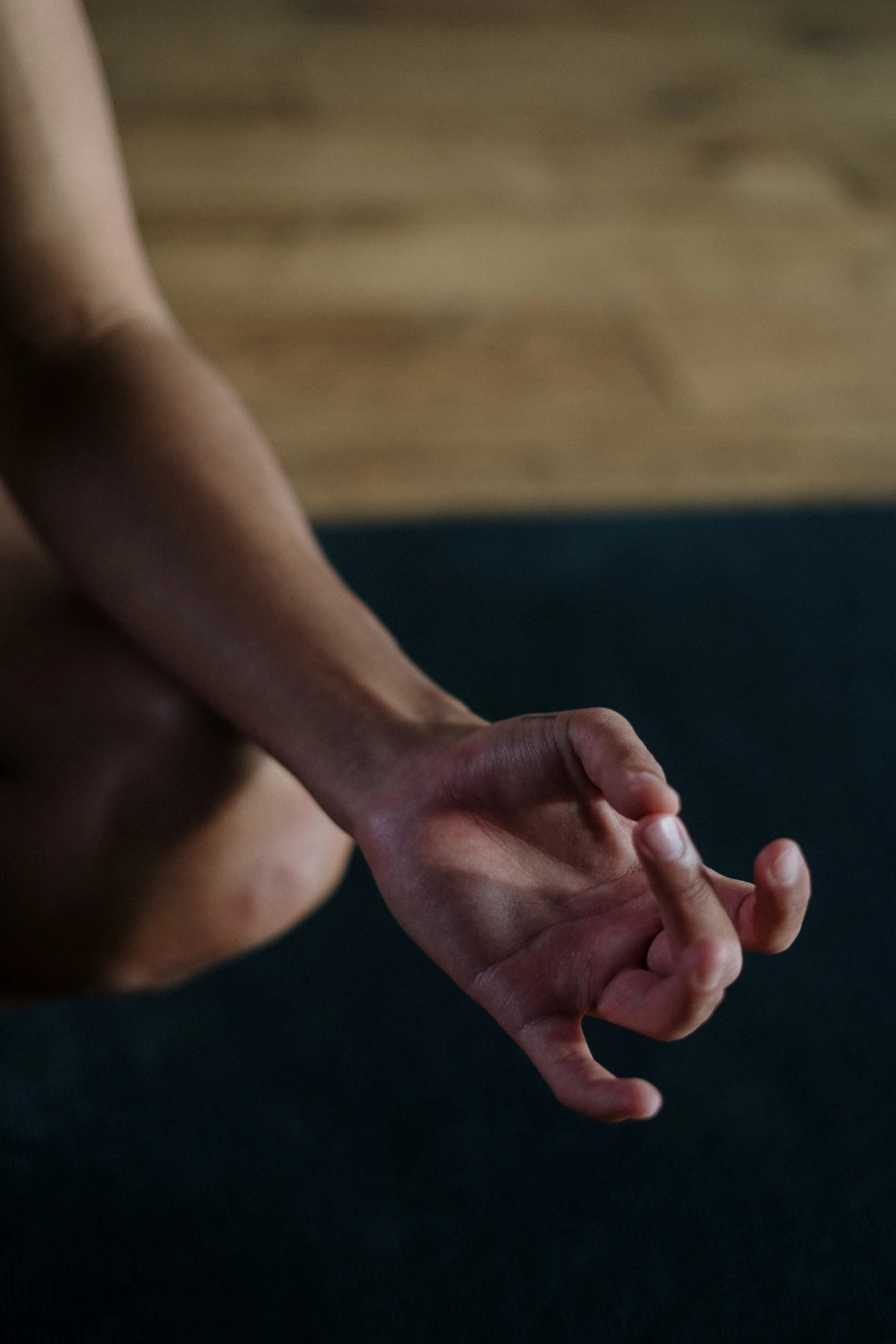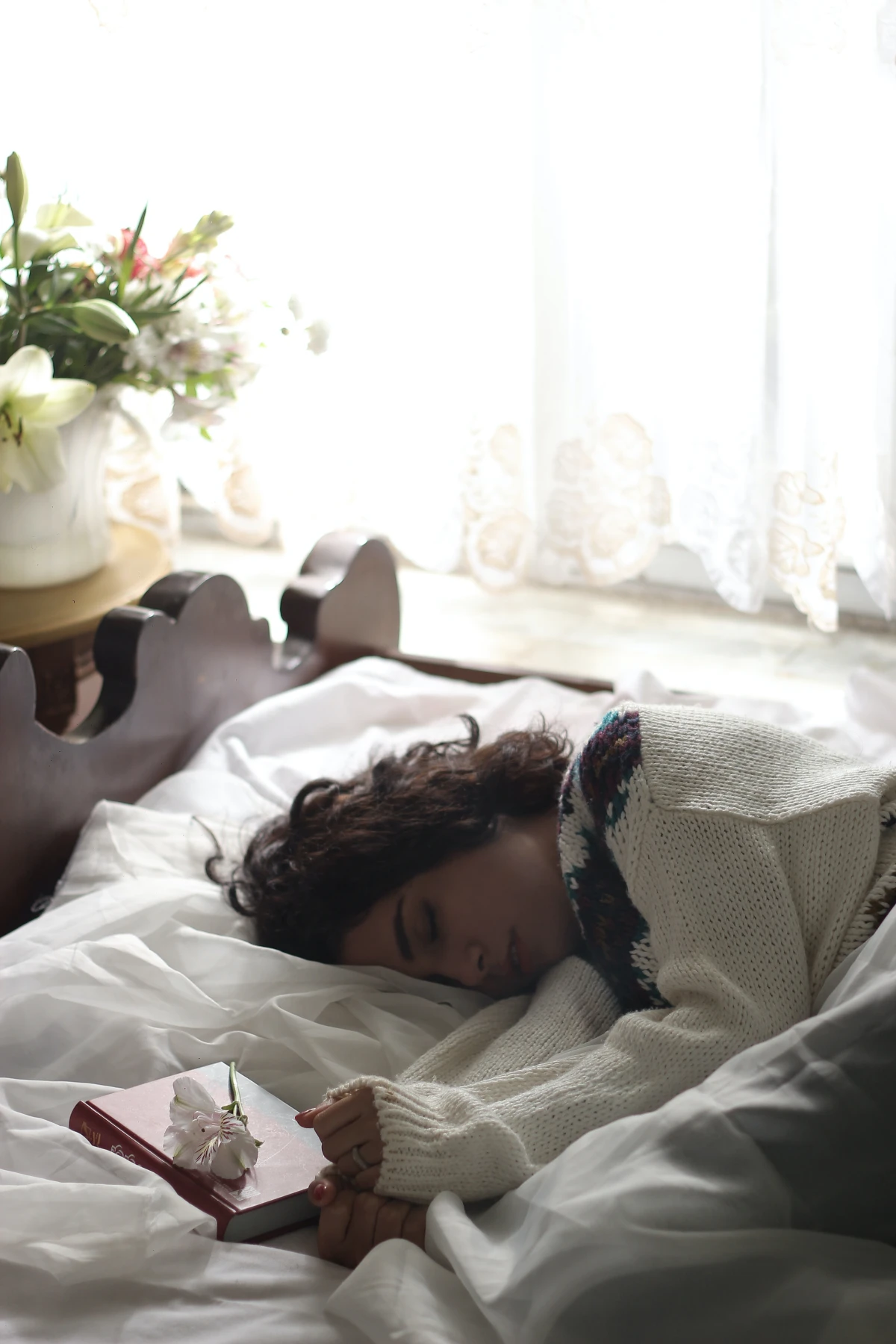Finally Fix Your Sleep Schedule: A No-Nonsense Guide to Resetting Your Body Clock
I’ve talked with so many people who feel completely trapped by their own sleep patterns. They’re exhausted all day, but as soon as their head hits the pillow, their brain decides to throw a party. They lie there, watching the numbers on the clock change, knowing they need to sleep, but it just won’t happen. Sound familiar?
In this article
If your mornings are a fog and your nights are a frustrating mess, you’re not imagining it. Your internal clock has simply drifted off course. Getting it back isn’t about some miracle pill or weird bio-hack. Honestly, it’s about a patient, practical process of reminding your body what it’s supposed to do naturally.
This isn’t just a list of quick tips you’ve already heard. This is a real-deal method based on the simple science of how our bodies are wired. It does take consistency, I won’t lie. But if you stick with it, you can guide your body back to its natural rhythm and start getting that deep, restorative sleep that makes everything else in life better.

First, Let’s Understand Your Brain’s Master Clock
Before you can fix something, you need to know how it works, right? Deep in your brain, there’s a tiny little bundle of cells that acts as your body’s master clock. Think of it as the conductor of your internal orchestra. It doesn’t use gears; it uses light. For ages, this system was foolproof. Bright morning sun meant “time to get going,” and darkness meant “time to wind down.”
This master clock manages the hormones that run your sleep-wake cycle. For example, when it senses morning light, it pokes your adrenal glands to release a bit of cortisol. Cortisol gets a bad rap as a “stress hormone,” but a healthy spike in the morning is exactly what you want. It’s your body’s natural, built-in espresso shot that makes you feel alert and ready to go.
Then, as the day fades, the master clock sends out a different memo. It tells your pineal gland to start making melatonin, the famous “hormone of darkness.” Melatonin’s job is to gently prepare you for sleep by lowering your body temperature and making you feel drowsy. It’s not a sedative that knocks you out; it’s more like a gentle suggestion that it’s time to find a comfy chair. The problem? Modern life, with its bright overhead lights and glowing phone screens, sends our brain “daylight” signals long after the sun has set, totally confusing this ancient system.

Oh yeah, there’s one other key player: a chemical called adenosine. It builds up in your brain the entire time you’re awake, creating what pros call “sleep pressure.” The more you have, the sleepier you get. Sleep is what clears it all out, which is why you feel so refreshed after a good night. By the way, this is exactly how caffeine works—it temporarily blocks your brain from noticing the adenosine buildup. It doesn’t make the sleepiness go away, it just masks it, which is why you crash so hard later.
When light, melatonin, and adenosine are all in sync, you get sleepy at the right time and sleep soundly. When they’re not, well, you know how that feels.
The Foundational Reset Plan: Your Step-by-Step Guide
Okay, let’s get to the good stuff. Resetting your schedule is a systematic process, and the biggest mistake people make is trying to force an earlier bedtime. You can’t force sleep. You can only create the perfect conditions for it to show up. The real key—the anchor for your entire day—is your wake-up time.

Step 1: Anchor Your Wake-Up Time (This is Non-Negotiable!)
This is the most important rule of all. You have to wake up at the same time. Every. Single. Day. Yes, that means Saturday and Sunday, too. I know, it’s brutal to hear. But sleeping in on the weekend is like giving yourself a mini dose of jet lag every week; it just confuses your master clock all over again.
Pick a realistic time and commit to it for at least two weeks. When that alarm goes off, your feet hit the floor. No snoozing. I used to be a chronic snooze-button abuser until I realized it was just feeding me tiny, useless scraps of low-quality sleep that made me feel even groggier. The first three days of getting right up were tough, but then something amazing happened—I started feeling genuinely tired at bedtime.
Step 2: The Gradual Shift Method
If your current wake-up time is, say, 10 AM, and you need it to be 7 AM, please don’t just jump three hours at once. Your body will rebel, and you’ll feel like a zombie. Instead, we move the goalposts gently.

Here’s how you do it: For the first three days, set your alarm for 9:45 AM. For the next three days, pull it back to 9:30 AM. You just keep shaving off another 15 minutes every few days. This slow-and-steady approach gives your internal clock time to adjust without sending a shock through your system. It might take a couple of weeks to hit your target, but the change will actually stick.
Step 3: Become a Master of Light
Since light is the main lever for your clock, you need to control it with purpose.
In the Morning: Within 30 minutes of waking up, get 15-20 minutes of direct, natural sunlight. Don’t wear sunglasses. You want that full-spectrum light to hit your eyes and send a loud, clear signal to your brain to shut down melatonin and fire up the day. If it’s dark, overcast, or you live somewhere gloomy, turn on all your bright indoor lights. Even better, consider getting a 10,000-lux light therapy lamp. You can find them online from about $40 to $70, and they’re basically a shot of sunshine for your brain on a cloudy day.

In the Evening: Two to three hours before bed, it’s time for the “great dimming.” Turn off harsh overhead lights and use warm, cozy lamps instead. You’re trying to mimic a sunset. The blue light from phones and computers is your enemy here—it’s the same type of light as the midday sun. If you absolutely have to use a screen, get a pair of blue-light-blocking glasses. A decent pair will run you anywhere from $15 to $70; just look for amber or red lenses for the most impact. But the best option? Put all screens away an hour before bed. Period.
Step 4: Build Your Own Wind-Down Ritual
You can’t go from 100 mph to zero in five minutes. You need a 30-to-60-minute buffer zone before bed. Think of it less as a strict routine and more like a “choose your own adventure” menu for relaxation. Pick two or three things that sound good to you and do them consistently.

- Brain Dump: Worries love to pop up at bedtime. Spend 10 minutes scribbling down everything on your mind in a journal. Getting it on paper can feel like closing a bunch of open tabs in your brain.
- Relaxing Read: Grab a physical book (no screens!). A calming novel or something a little boring works best—probably not the time to start a heart-pounding thriller.
- Warm Bath or Shower: A warm bath about 90 minutes before bed is amazing. It’s not the heat that makes you sleepy, but the subsequent cool-down. Your body temperature naturally drops before sleep, and this gives it a head start.
- Herbal Tea & Scents: A cup of caffeine-free chamomile tea can be a comforting signal that the day is done. (Good to know: It contains a compound that has mild sedative-like properties). Some people also swear by a lavender diffuser to create a relaxing atmosphere.
Setting Up Your Space and Daily Habits
Your bedroom should be for two things only: sleep and intimacy. When it becomes your office, movie theater, and dining room, your brain gets confused. You want your mind to have one immediate association with your bed: sleep.

Your Sleep Sanctuary Shopping List
- Keep it COOL: The sweet spot for sleep is a surprisingly cool room, around 65°F (18.3°C). A cooler room helps your body temperature drop, which is a key trigger for sleep.
- Keep it DARK: I mean, a cave. Get some blackout curtains (you can find them for $30-$80 at Target or on Amazon). Budget Hack: Black trash bags and painter’s tape. It ain’t pretty, but it works perfectly and costs less than $10. Cover any little electronic lights with a piece of tape.
- Keep it QUIET: A white noise machine can be a lifesaver, but a simple fan works just as well. It creates a consistent hum that masks sudden noises. Earplugs are also a cheap and effective option, especially if you have noisy neighbors or live near a busy street.
Timing Your Food, Drink, and Exercise
- Caffeine: My firm rule is no caffeine after 2 PM. Why so strict? Because caffeine has a half-life of about 5-6 hours. That means half of your 3 PM coffee is still in your system at 9 PM, actively blocking those sleepy signals.
- Alcohol: A glass of wine might make you feel drowsy, but it wrecks your sleep quality later in the night. It suppresses deep REM sleep and often causes you to wake up as your body metabolizes it. If you’re serious about this reset, try cutting it out for a couple of weeks.
- Food: A huge, spicy meal right before bed is a recipe for a rough night. Try to finish your last big meal three hours before you plan to sleep. A small snack like an apple with almond butter is fine if you’re truly hungry.
- Exercise: Working out is fantastic for sleep, but timing is key. An intense gym session raises your body temp and cortisol—wake-up signals. Keep your hard workouts to the morning or afternoon. Gentle stretching or a calm walk in the evening is totally fine.
A Reality Check: What About When Life is a Mess?
Okay, let’s be real. This advice is great for someone with a predictable 9-to-5. But what if you’re a new parent, a student during finals, or working a chaotic job? Perfection is impossible. The goal is to control what you can.
For new parents: Forget a strict schedule. Your one and only goal is to get that morning sunlight whenever you can. After a 4 AM feeding, if the sun is coming up, sit by the window for ten minutes. It will help anchor you in a sea of chaos.
For students or shift workers: Consistency is your best friend, even if it’s a weird schedule. If you have to pull an all-nighter, try not to sleep until noon the next day. Get up at a reasonable time (say, 9 AM) and take a short power nap (20-30 minutes, before 3 PM) if you need it. The goal is to get back on track as quickly as possible, not to chase a perfect record.
When You Might Need More Help
Listen, these methods are incredibly powerful for a lifestyle-related sleep issue, but they can’t fix an underlying medical condition. It’s crucial to know when to call in a professional. Please talk to a doctor if you’re dealing with:
- Signs of Sleep Apnea: Loud, chronic snoring, gasping for air in your sleep (your partner might notice this), and feeling exhausted even after a full night in bed.
- Restless Legs Syndrome (RLS): An intense, creepy-crawly urge to move your legs, especially in the evening.
- Chronic Insomnia: Trouble sleeping at least three nights a week for more than three months. A program like Cognitive Behavioral Therapy for Insomnia (CBT-I) is the gold standard treatment for this.
- Severe Daytime Sleepiness: If you’re so tired you can’t function safely at work or behind the wheel, see a doctor immediately. Drowsy driving is no joke.
And a final word on over-the-counter sleep aids: They can be a tempting quick fix, but things like melatonin or antihistamines aren’t meant for long-term use and can leave you feeling groggy. Always chat with a doctor before starting any supplement for sleep.
Feeling Overwhelmed? Try This Tonight.
If all of this feels like too much, I get it. So just do ONE thing tonight. An hour before you want to be asleep, plug your phone in to charge—across the room. That’s it. Don’t scroll in bed. Start with that one small, powerful change.
Resetting your sleep is a journey, not a destination. You’ll have great nights and you’ll have frustrating ones. The goal isn’t perfection; it’s about building a resilient sleep pattern that works with your body, not against it. You’ve got this.
Inspirational Gallery
The Wrong Kind of “Relaxing”: Many of us unwind with a favorite TV show, but the fast-paced editing, dramatic plot twists, and blue light exposure can be more stimulating than soothing. Instead, consider switching to an audiobook or a calming podcast about 45 minutes before bed. The steady, gentle narration engages your mind just enough to distract from daily worries without over-exciting your senses.
A study in the Journal of Clinical Sleep Medicine found that a drop of just 1-2 degrees Celsius in core body temperature is a crucial signal for the brain to initiate sleep.
You can bio-hack this process. Taking a warm bath or shower 60-90 minutes before bedtime raises your body temperature. When you get out, the rapid cool-down mimics the natural temperature drop that signals sleep, making it easier to drift off.
But I use my phone’s “night mode.” Isn’t that enough?
While features like Apple’s Night Shift or Android’s Night Light reduce blue light, they don’t eliminate the core problem: mental stimulation. Scrolling through social media, answering emails, or watching videos keeps your brain in an active, engaged state. True digital detox is about putting the device away entirely. If you must use a screen, consider a pair of dedicated blue-light blocking glasses from a brand like Felix Gray or Zenni, which are more effective at filtering the disruptive wavelengths.
- A feeling of calm security, like a gentle hug.
- A noticeable decrease in restless tossing and turning.
- Longer periods of deep, uninterrupted sleep.
The secret? A weighted blanket. Brands like Bearaby or Gravity use Deep Pressure Stimulation, which has been shown to reduce cortisol (the stress hormone) and boost serotonin and melatonin, creating the perfect conditions for restorative rest.
Don’t underestimate the power of scent to signal ‘downtime’ to your brain. Creating a scent ritual can be incredibly effective. A few drops of lavender or chamomile essential oil in a diffuser, like one from Vitruvi, can transform your bedroom’s atmosphere. Alternatively, a simple DIY linen spray (distilled water, a splash of witch hazel, and your favorite calming oil) spritzed on your pillowcase can become a powerful cue for sleep.
Important point: The snooze button is your enemy, not your friend. When you hit snooze, you’re not getting extra restorative sleep. Instead, you’re initiating a new, fragmented sleep cycle that your alarm will just interrupt again. This leads to sleep inertia—that groggy, disoriented feeling that can last for hours. The best strategy is to set your alarm for the time you actually need to get up, and then place it across the room so you have to physically get out of bed to turn it off.
A bedtime snack can prevent you from waking up hungry, but choose wisely. A small handful of almonds and a few tart cherries are a perfect combination.
- Almonds are a good source of magnesium, a mineral that can help calm the nervous system.
- Tart cherries are one of the few natural food sources of melatonin, the very hormone your body needs to wind down.
Caffeine has an average half-life of 5 to 6 hours. This means that half the caffeine from your 3 PM coffee is still active in your system at 8 or 9 PM, actively blocking the brain receptors that promote drowsiness.
Sunrise Simulating Alarm: Gradually brightens over 30 minutes, mimicking a natural dawn. This gently prompts your body to reduce melatonin and produce cortisol, leading to a more natural and peaceful wakeup. The Philips Wake-Up Light is a popular example.
Traditional Sound Alarm: A sudden, loud noise jolts you from sleep, spiking adrenaline and creating a stressful start to the day. It disrupts your sleep cycle abruptly rather than easing you out of it.
For resetting your clock, a sunrise simulator is far superior as it works *with* your biology, not against it.
One bad night won’t derail your entire effort. If you stay up too late or sleep poorly, don’t try to “make up for it” by sleeping in for hours. The most important thing you can do is get up at your scheduled time the next day. This consistency is the anchor that will pull your entire sleep schedule back on track. Be patient and kind to yourself; this is a process, not a race.










